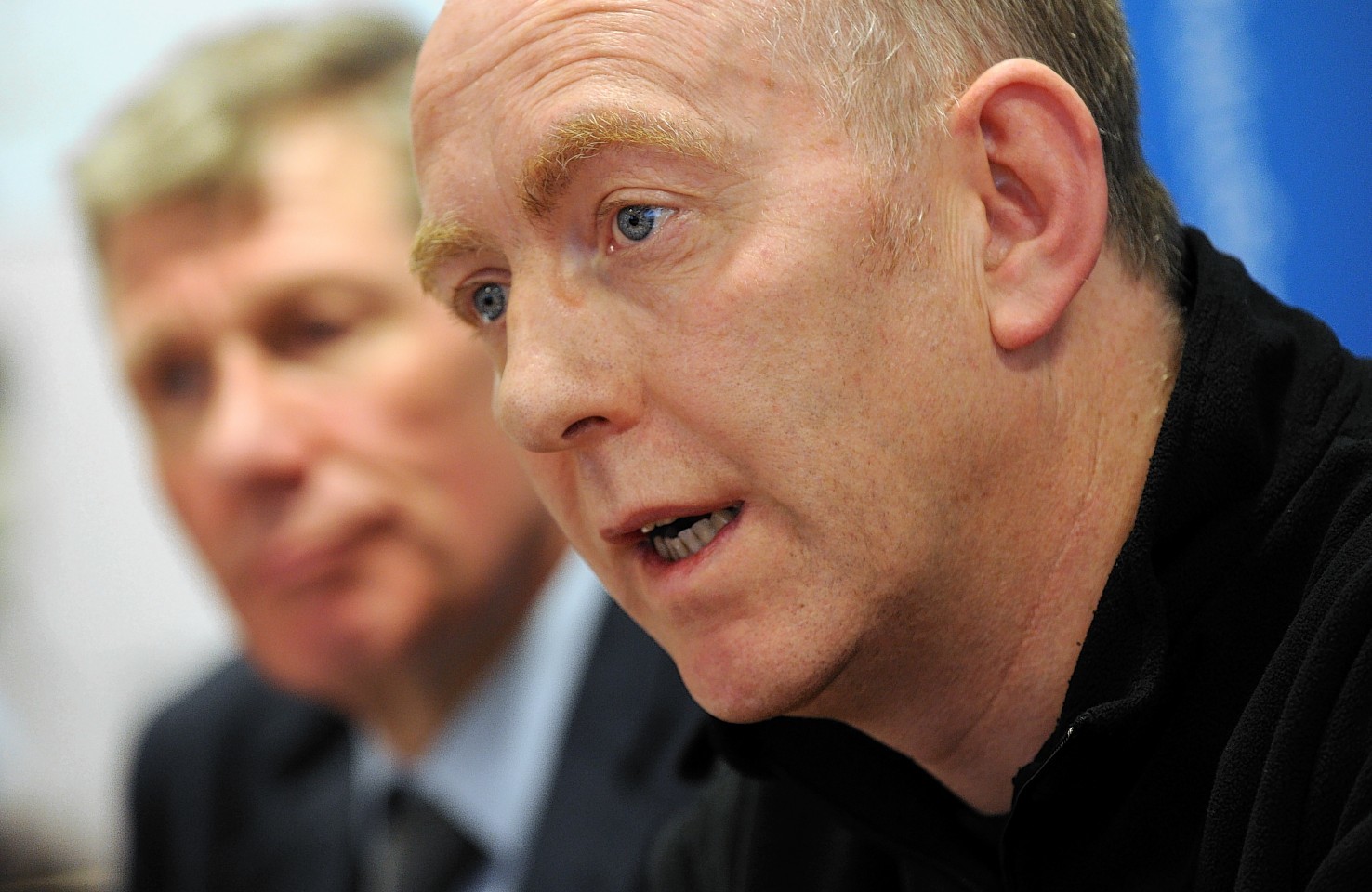The highest ranking policeman in the north has spoken of the difficulties in attracting officers to work in the area given the high cost of living being driven by the oil and gas industry.
Assistant chief constable Campbell Thomson said he was “very conscious” of the challenges facing his force as a result of the strong local economy.
Mr Campbell made his remarks as Finance Secretary John Swinney confirmed he would meet with city leaders to discuss possible financial incentives to attract more teachers, nurses and police officers to the north-east.
NHS Grampian and Aberdeen City Council are considering the introduction of London-style allowances to support higher living costs faced by staff.
Mr Campbell said: “I have become very conscious of the issues that ourselves and other public sector workers in the north-east are facing.
“Recruitment and retention is something that is of concern and it is something we are looking at very carefully.
“We need to look at a number of options but we are in the process of raising awareness of these issues.
“Recruiting can be very challenging and that is in relation to a very buoyant jobs market and the high cost of living. These are challenges faced particularly by new recruits in the city.”
Concerns have also been raised that officers equipped with a broad range of skills are being lured away from the force and into highly paid positions within the oil and gas sector.
Figures show that 24 officers resigned from the Aberdeen and Moray area to take up new jobs in the first six months of 2013 compared to 15 who left to take up different work in the whole of 2012.
David Hamilton, chairman of the north area committee of Scottish Police Federation, said there were concerns that policing was no longer seen by some as a “career for life”.
He added that conditions for officers working in the “economic hot spots” of Aberdeen, Aberdeenshire and Shetland were of particular concern.
Recruitment issues in the north-east had been compounded by a “perfect storm” of the advent of the single force, the austerity agenda and less favourable police pension rules, Mr Hamilton claimed.
Discussions are underway between police and local authorities to ease the strain on officers, with key worker status for police and the creation of hostel-type accommodation for single officers being considered.
Mr Hamilton added: “It is not really in the hands of Police Scotland, or indeed the NHS to make fundamental changes on this front. It is great that the economy is moving in the north-east but what we have to be aware of is the knock-on effects to the public sector workers.”
